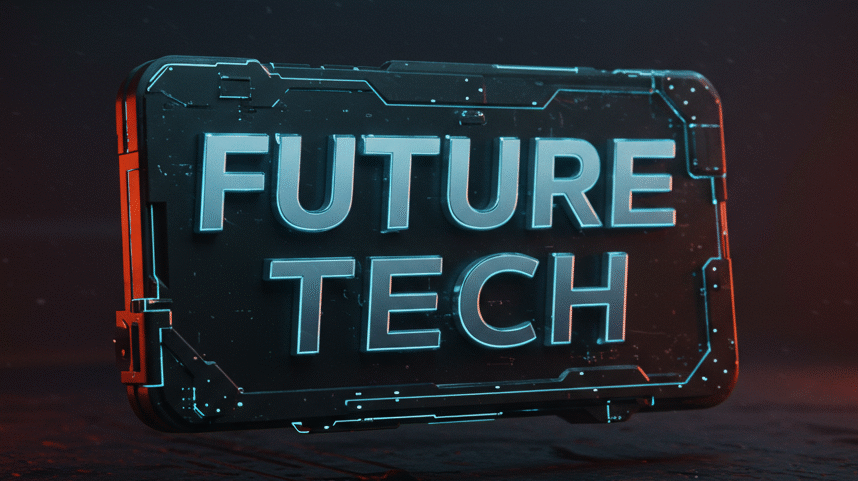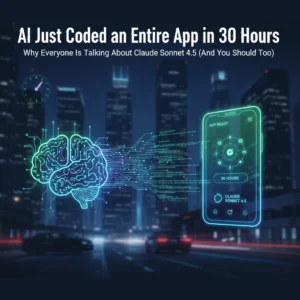Did a Neural Network Just Fix a 60-Year Physics Mystery?
Picture this: you’re a grad student running yet another dusty plasma experiment, only this time, the computer—the AI—catches something none of the humans in the room have ever seen before. What seems like a mess of dust and plasma is actually a cosmic dance, ruled by hidden forces no textbook has pinned down. Then, the neural net spits out an answer: “You’re measuring it wrong. Here’s how it really works.” Turns out, it’s right.
That’s not the trailer to a sci-fi movie. That’s real science in 2025. A team at Emory University fed their machine learning system data from these dusty plasmas (basically clouds of ionized gas and microscopic dust). The AI didn’t just crunch numbers—it spotted a brand new rule for how these particles interact, one that no classic physics formula could predict.
And the wildest part? The new law was more than 99% accurate. Centuries of physical theory just got updated by a computer.

How Does AI Even “Find” Physics?
We’re not talking about asking an AI to calculate what we already know. We’re talking about a system that can look at raw data—piles of it, millions of measurements—then say, “Hey, this is the variable you’ve been missing all along.” No Nobel laureate intuition, just brutal, unfiltered pattern recognition.
Columbia Engineering’s researchers recently let a neural net loose on physical phenomena. The AI began guessing variables on its own, not just confirming things like “velocity” or “temperature,” but inventing new ones that physicists hadn’t thought to check. Think of it as mathematics’ version of finding a secret menu at your favorite burger joint.
Instead of waiting decades for a genius to stumble on the right answer, AI speeds up the process. It doesn’t care about the established rules or academic politics—it just finds what works.
When AI Is as Good as (or Better Than) Physics Themselves
Zoom out, and suddenly AI’s role in science looks a lot bigger:
- Neural networks trained on scrambled light patterns can tell where a hidden object is, nearly as precisely as quantum physics says it’s possible to know.
- AI can uncover patterns in quantum chaos—what used to look like random noise—where even veteran researchers only saw static.
- In medicine, that same information-pulling power is being used to spot early disease cues in scans that humans often miss.
In one experiment, researchers showed that the AI could analyze light passing through objects and measure position with almost perfect accuracy—so good, they’re close to bumping up against the wall of what physics says is theoretically possible.
What Makes This Different From Just “Crunching Data”?
“Black box” algorithms are old news. The breakthrough at Emory wasn’t just about a super calculator; it’s that the AI figured out rules that people could then translate into understandable math. It’s the difference between getting an answer and actually seeing how the sausage gets made.
Here's how the process unfolded:
- Physicists set up the neural network, teaching it what “good” results look like.
- The network sorted through experimental data, not just confirming but correcting human errors.
- Experts then took AI’s findings and came up with a new, precise mathematical law, one that told a much more complete story than years of human research.
In other words, AI goes beyond number crunching—it helps humans see, understand, and re-think the rules of the physical universe.
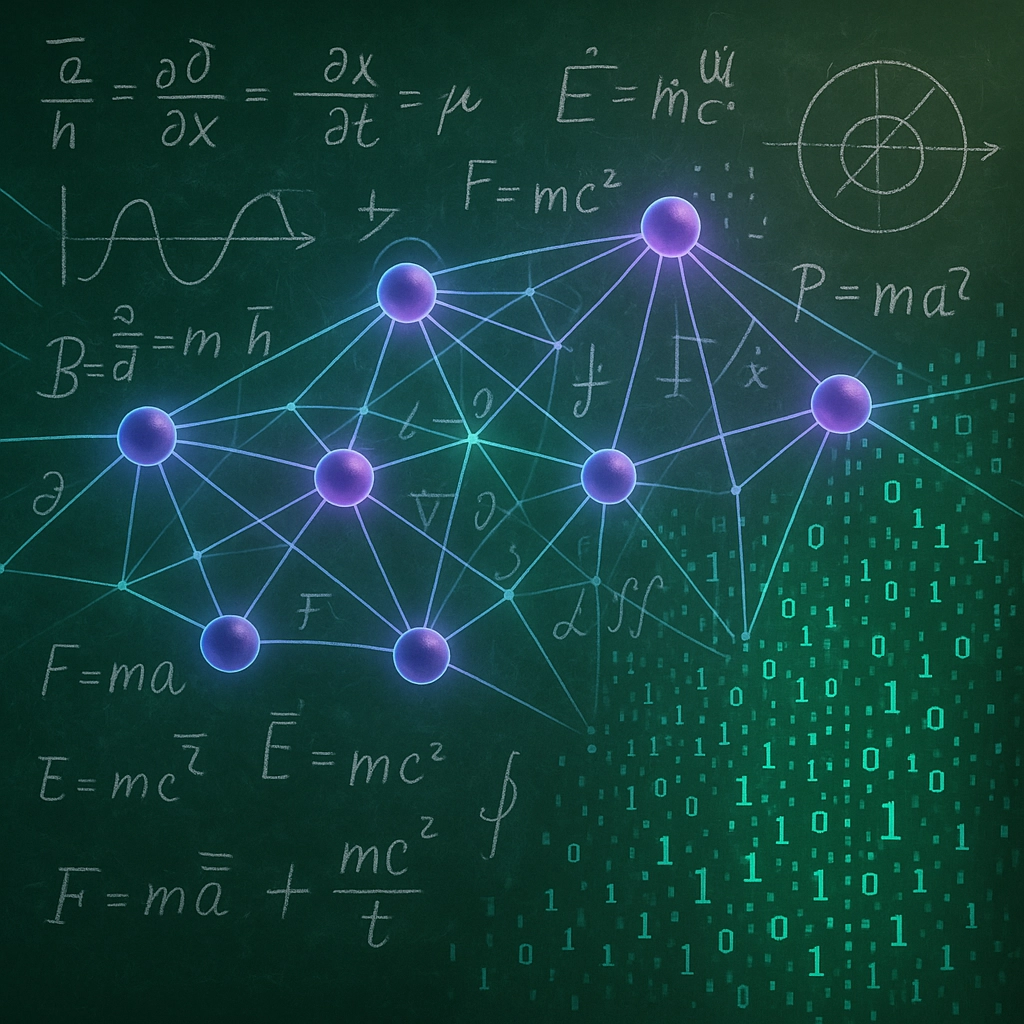
Where This Leads (and Why It’s a Big Deal for Science Nerds and Regular Folks Alike)
Let’s be honest: most of us aren’t swapping out Newton’s laws in our everyday lives. But this shift could matter, fast.
Imagine:
- A new set of variables from AI leads to a breakthrough battery tech, cooling your phone and running your car twice as long.
- AI-trained systems sift hospital data and flag subtle biological phenomena—a warning sign for disease nobody’s ever caught before.
- Quantum physicists, inspired by machine intuition, finally unlock room-temperature superconductors or decipher how black holes spin.
The process behind these breakthroughs—AI-driven, experimental-first science—is open and universal. Researchers can try it in just about any discipline where there’s a mountain of data and a mystery hiding in plain sight.
Quick Hits: Where AI's Already Changing the Game
- Spotting new chemical reactions for faster drug discovery
- Untangling genetics puzzles in massive datasets
- Predicting new materials with wild, useful properties
- Boosting accuracy in weather and climate forecasting
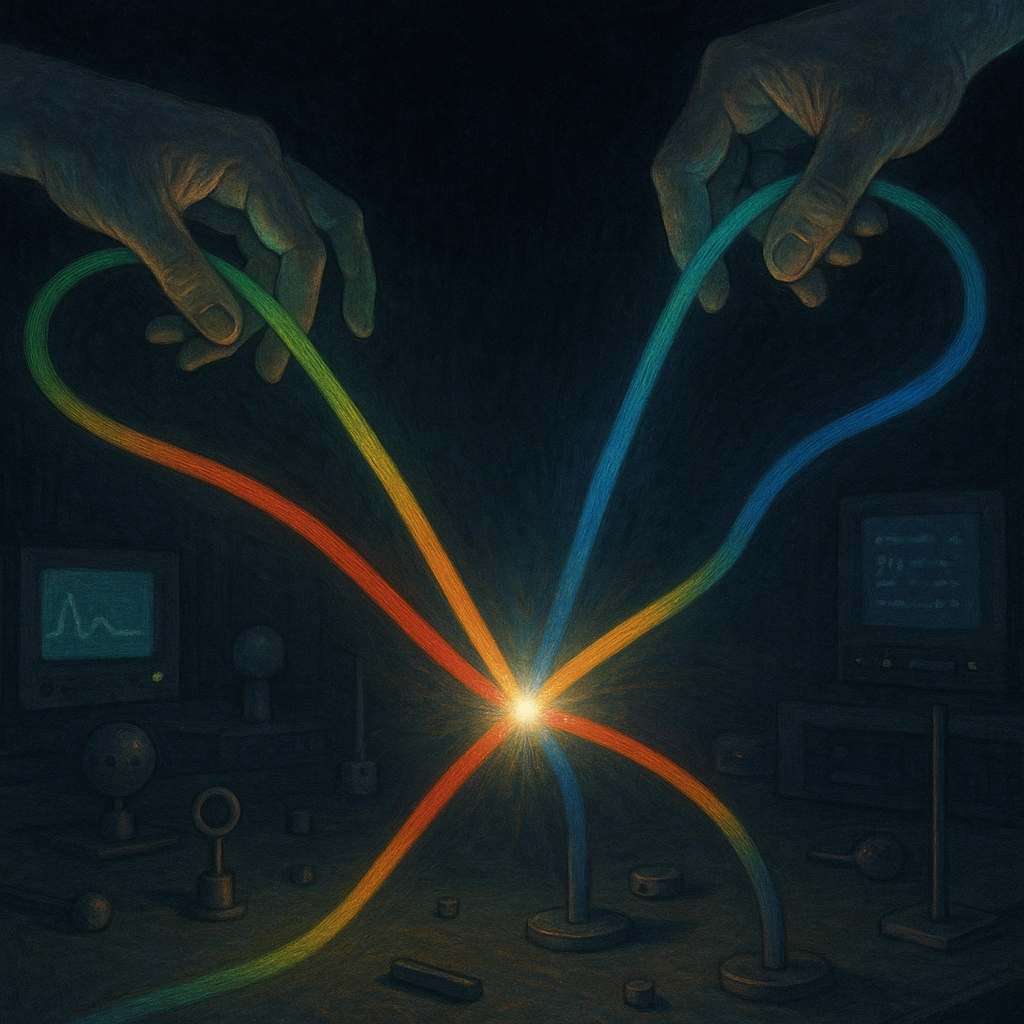
Wait…Will AI Replace Einstein?
Not likely. If you’ve ever argued with your GPS or watched an autocorrect fail, you know machines need a little backup. AI still needs humans to pose the right questions, to spot when a deep-learning model is hallucinating, and to interpret the results with the nuance of real-world experience.
But, as a tag-team partner, AI’s already accelerating scientific progress at a rate that might’ve blown the minds of scientists just a decade ago.
Here’s a fictional, but entirely plausible moment: An engineer, exhausted after weeks of failed experiments, uploads the data into a neural net. A day later? A new “law” pops out, pointing her toward a small error in her measurements and a big leap in her research.
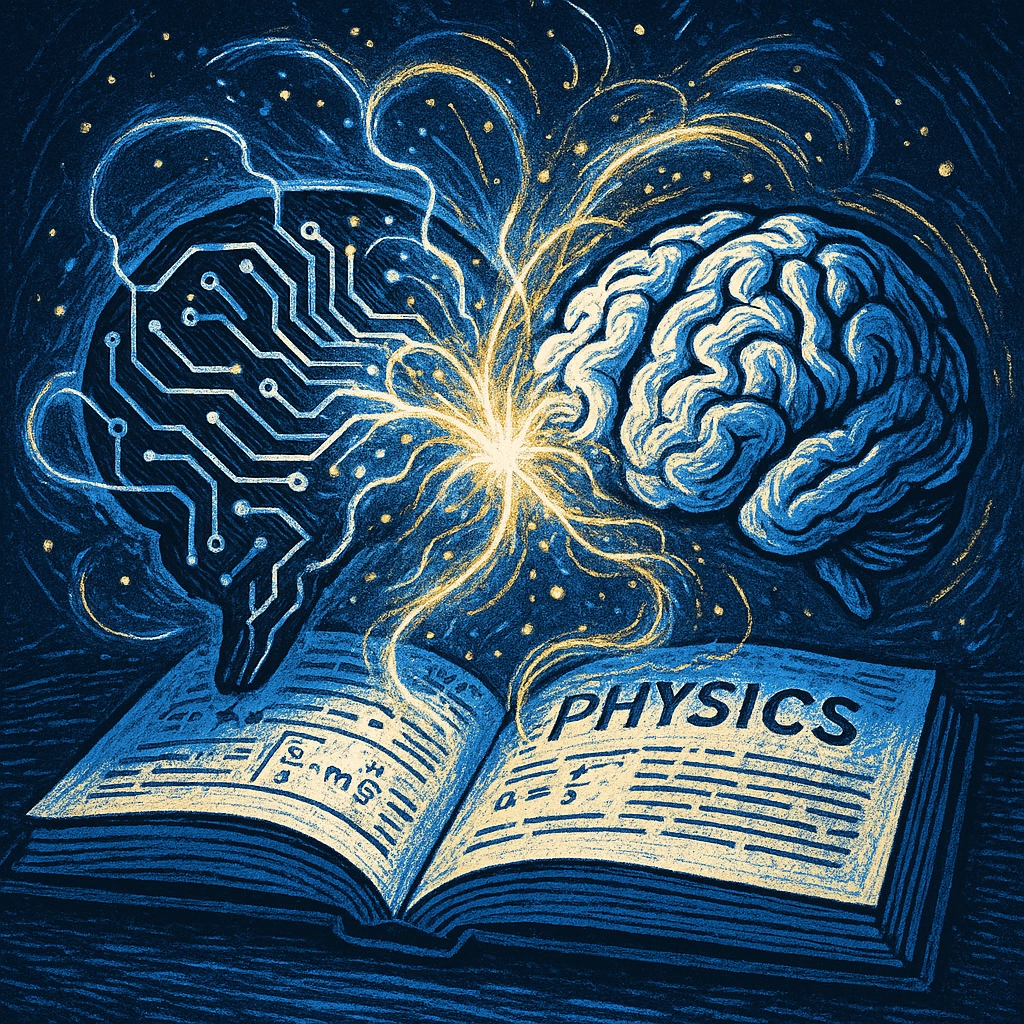
What’s Next—And Who Gets to Decide?
With AI at the table, we may be entering an era where hidden laws of the universe are uncovered by teams as likely to include programmers as physicists. From understanding how stars form, to building safer cars, to maybe even tackling climate change, AI is proving to be a powerful co-author in the story of science.
But what happens when AI finds rules we can’t yet explain? Or, what if the next physics breakthrough comes from a dataset nobody thought to analyze? Would you trust new “laws of nature” if they came from a neural network before the chalkboard?
How would you feel about living in a world where the next Einstein is…silicon-based? Drop your thoughts below—what questions would you ask AI about our universe if you could?
